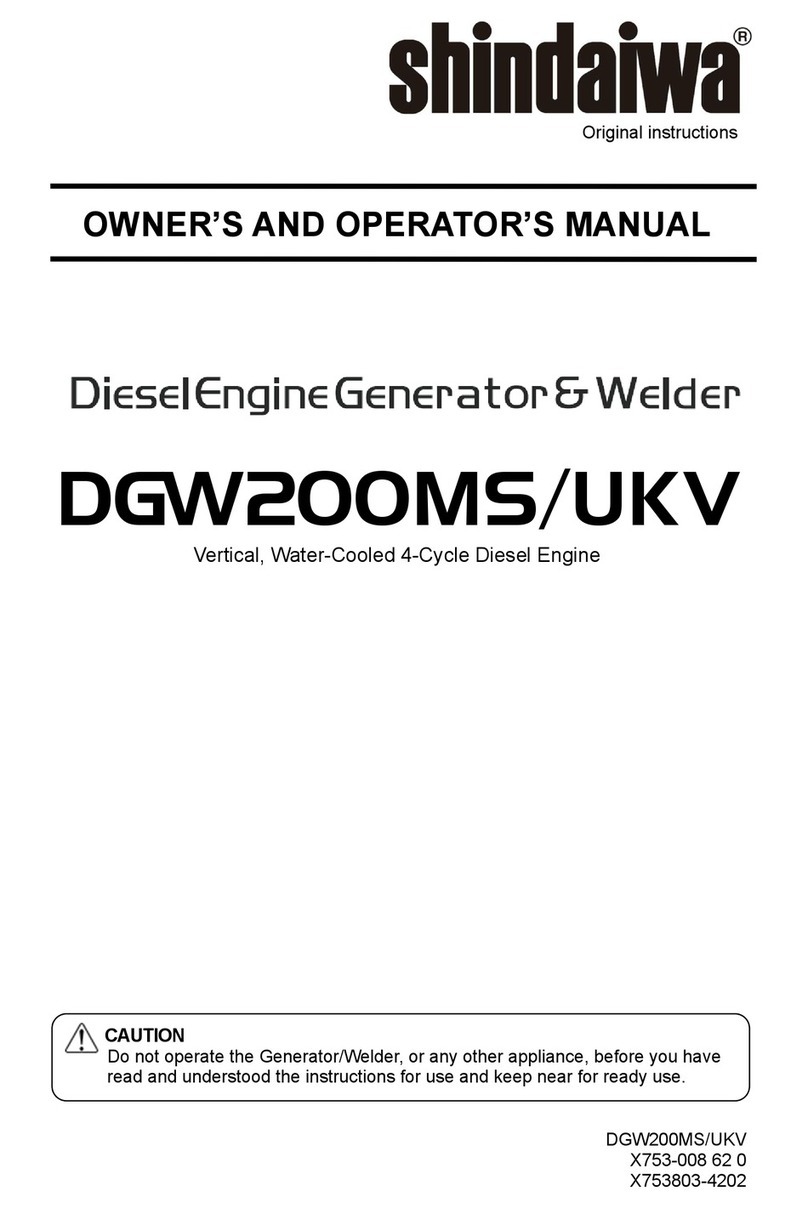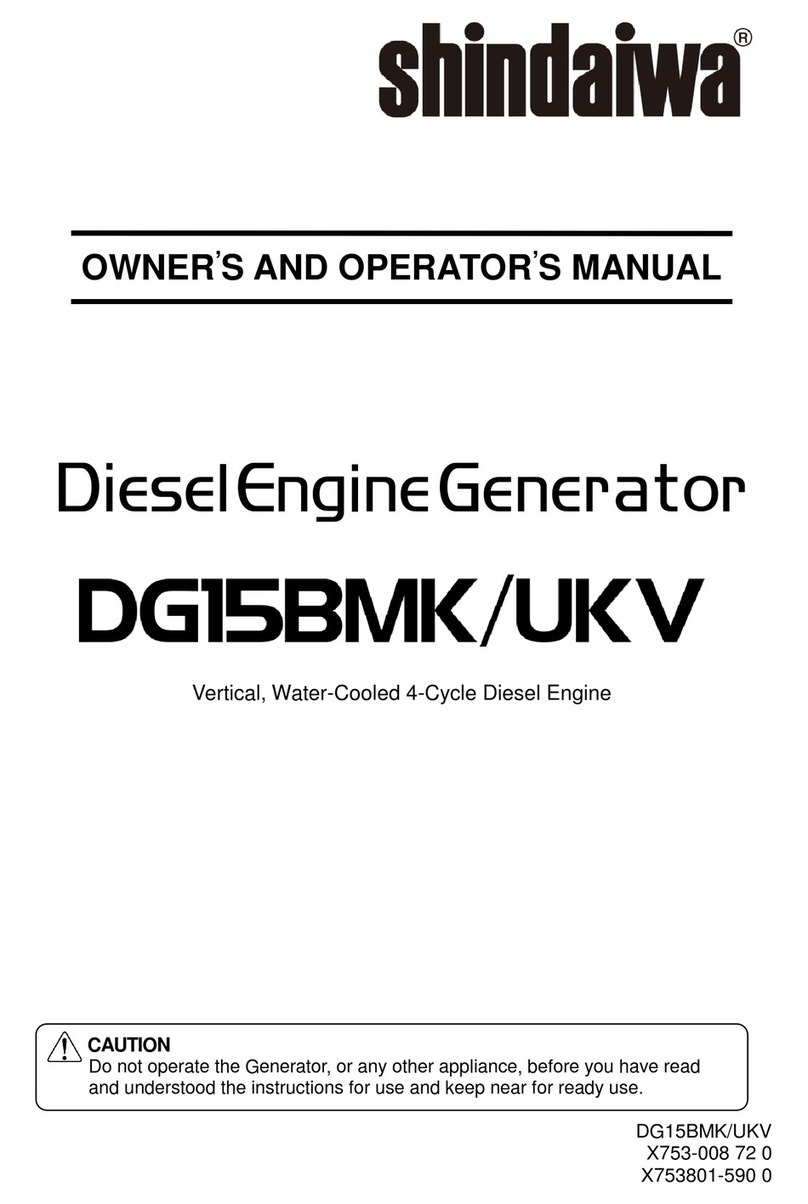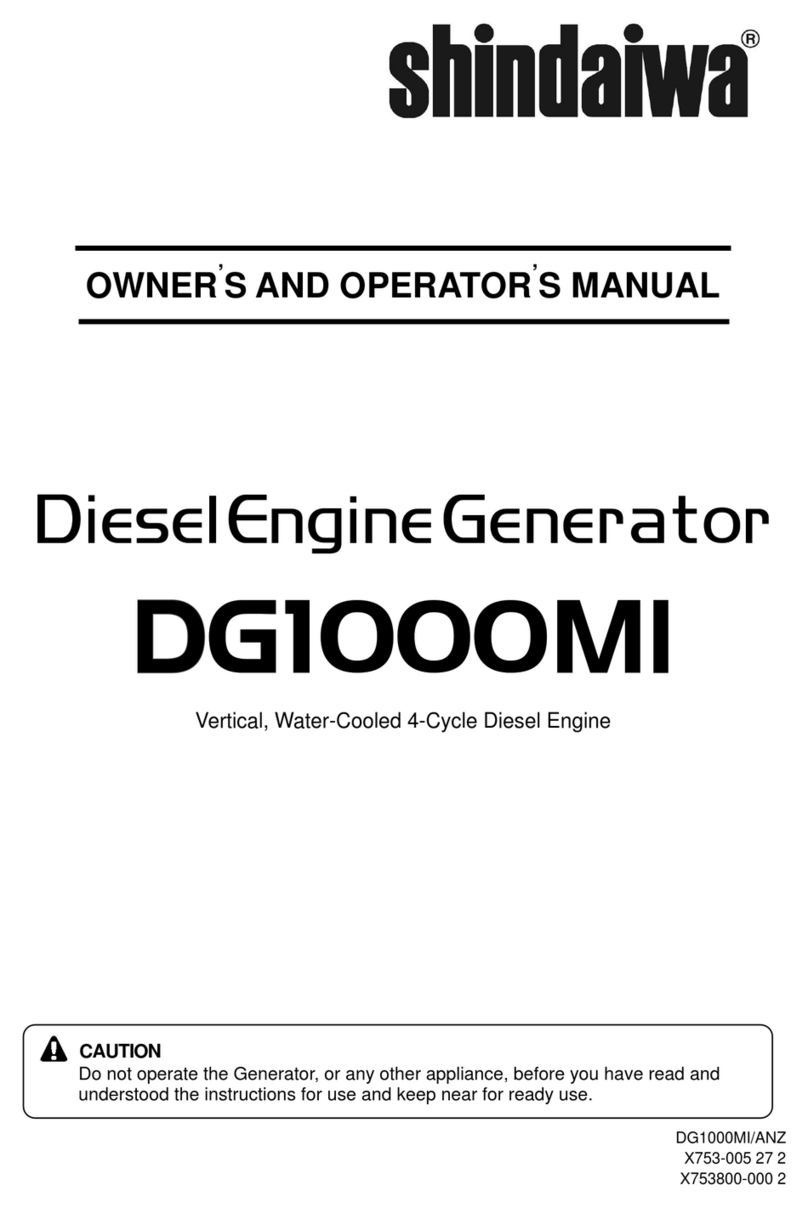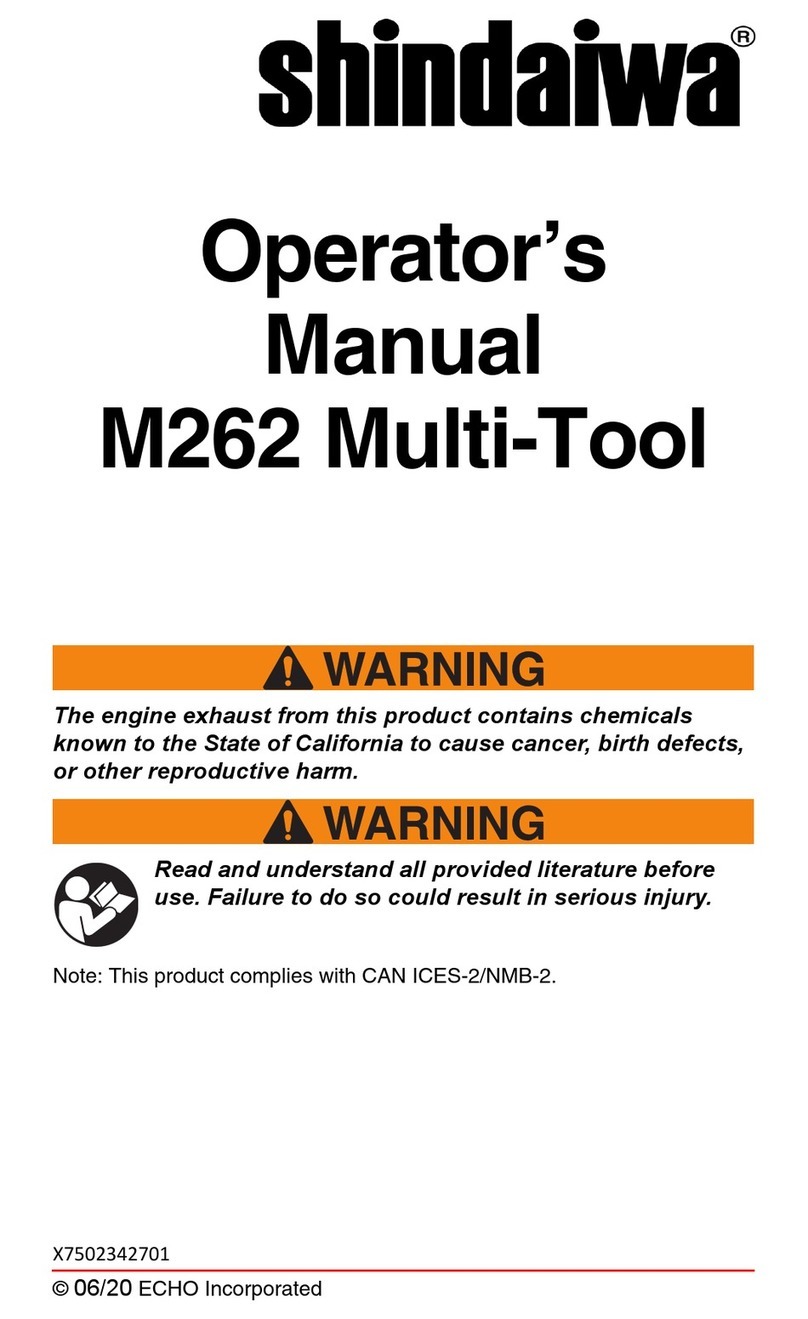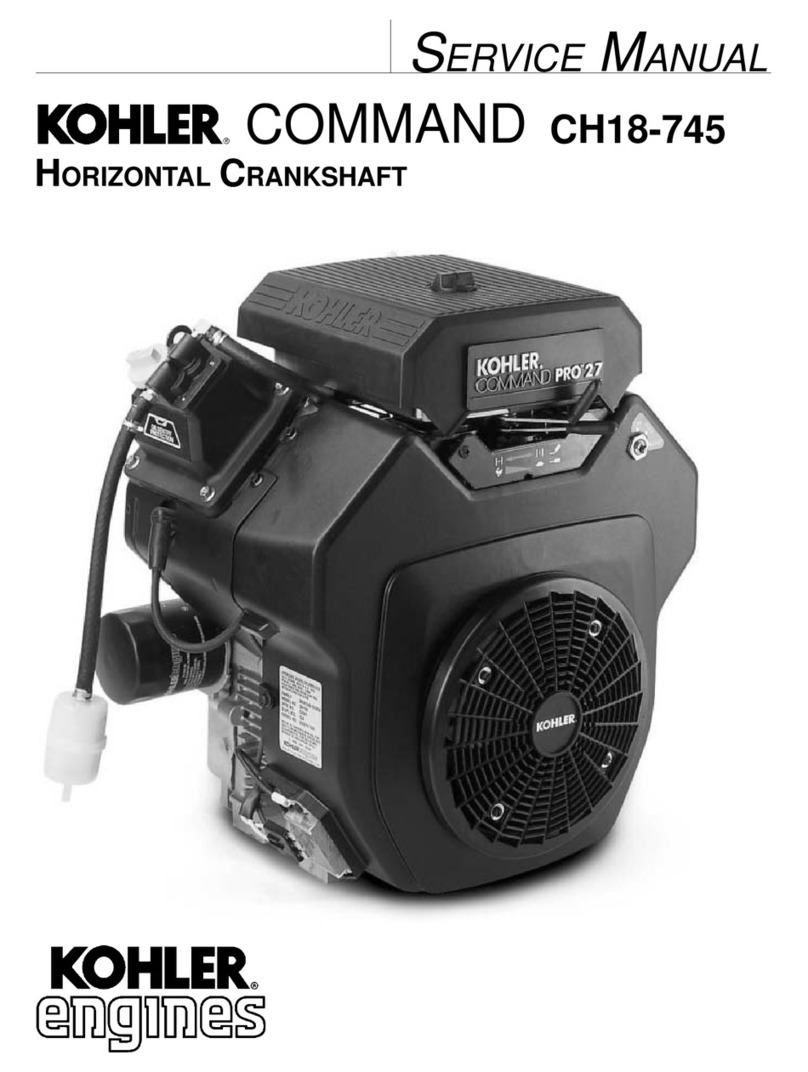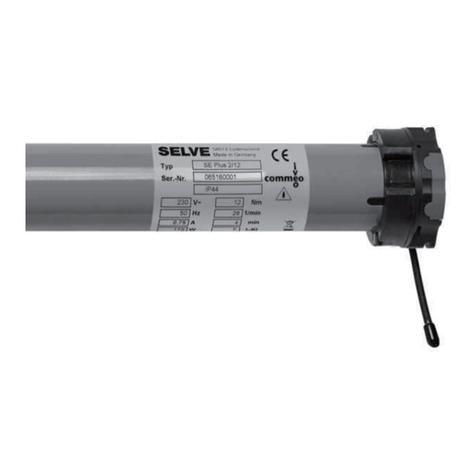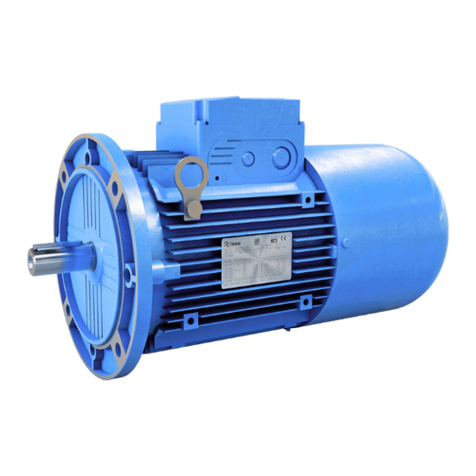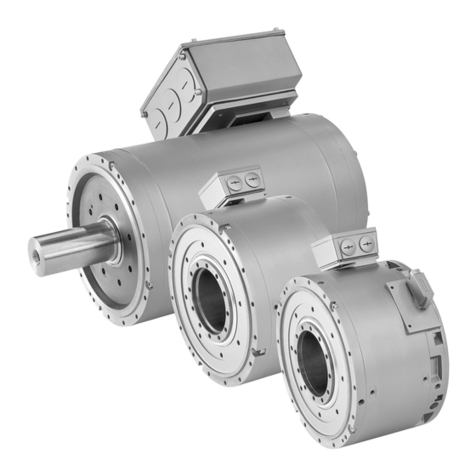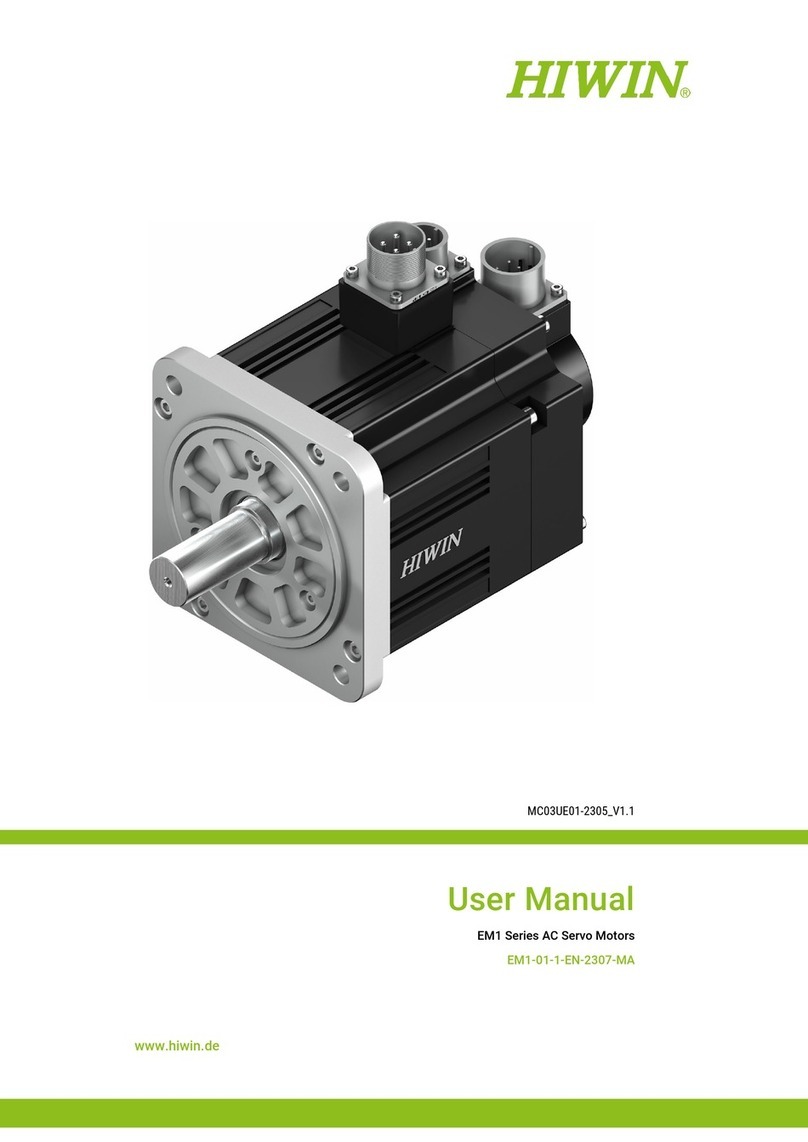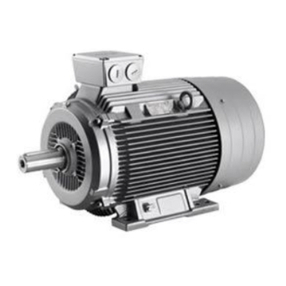- 1 -
Table of Contents
1. Safety Precautions ........................................................................................2
2. Specifications ................................................................................................8
3. Applications ...................................................................................................9
4. Parts Names...................................................................................................9
5. Equipment....................................................................................................12
5-1. Idle Control ...........................................................................................12
5-2. Display..................................................................................................12
5-3. Monitor Lamp .......................................................................................13
5-4. Earth Leakage Circuit Breaker and Grounding ....................................14
5-5. Emergency Stop Switch .......................................................................15
6. Transporting ................................................................................................16
7. Pre-Operation Inspection ...........................................................................16
7-1. Engine Oil Inspection ...........................................................................17
7-2. Coolant Inspection................................................................................17
7-3. Fuel Inspection .....................................................................................18
7-4. Inspection for Fuel/Oil/Cooling Water Leakage....................................19
7-5. Battery Inspection.................................................................................19
8. Operating Procedures.................................................................................20
8-1. Starting the Engine...............................................................................20
8-2. Stopping the Engine .............................................................................21
8-3. Emergency Stop...................................................................................22
9. Using as a Welder .......................................................................................22
9-1. Welding Cable Selection ......................................................................22
9-2. Welding Polarity ...................................................................................22
9-3. Welding Cable Connection...................................................................23
9-4. Duty Cycle ............................................................................................23
9-5. Welding Work .......................................................................................23
10. Using as a Generator ................................................................................24
10-1. Output Types and Ranges..................................................................24
10-2. Usable Device Capacities ..................................................................25
10-3. Operation............................................................................................25
11. Simultaneously Welding and Using as AC Power Source ....................26
12. Inspection/Maintenance............................................................................27
13. Long-Term Storage ...................................................................................31
14. Troubleshooting ........................................................................................32
15. Engine Wiring Diagram.............................................................................34
16. Generator Wiring Diagram........................................................................35
